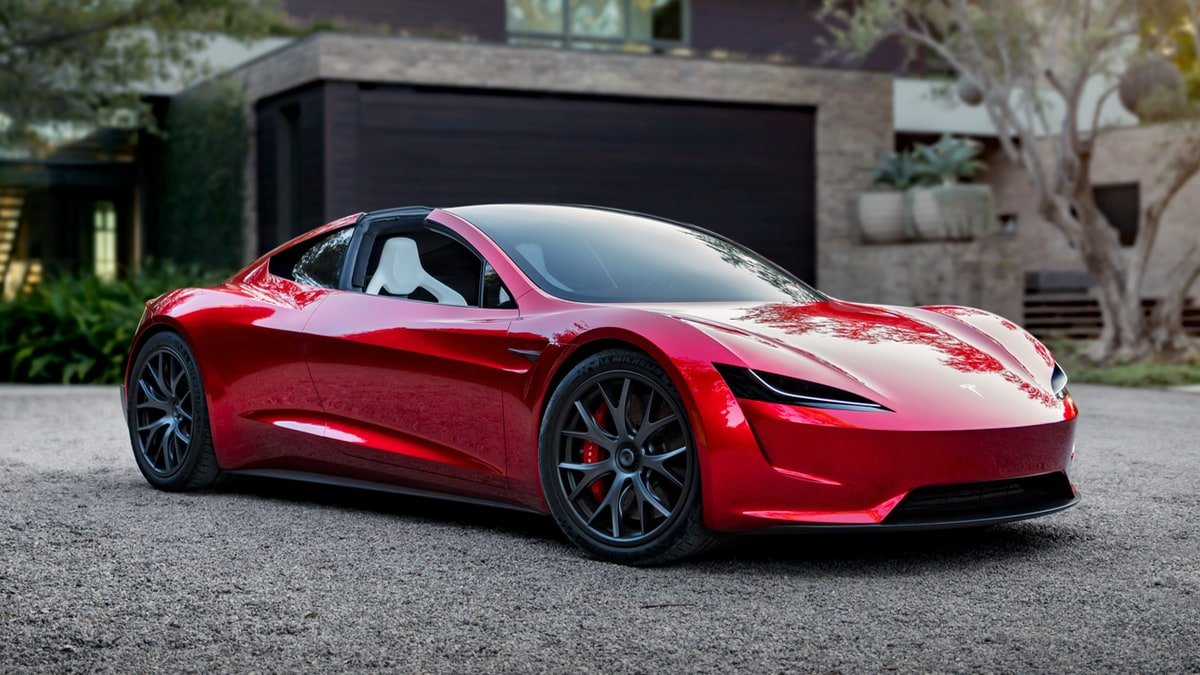October 20, 2025
By Karan Singh
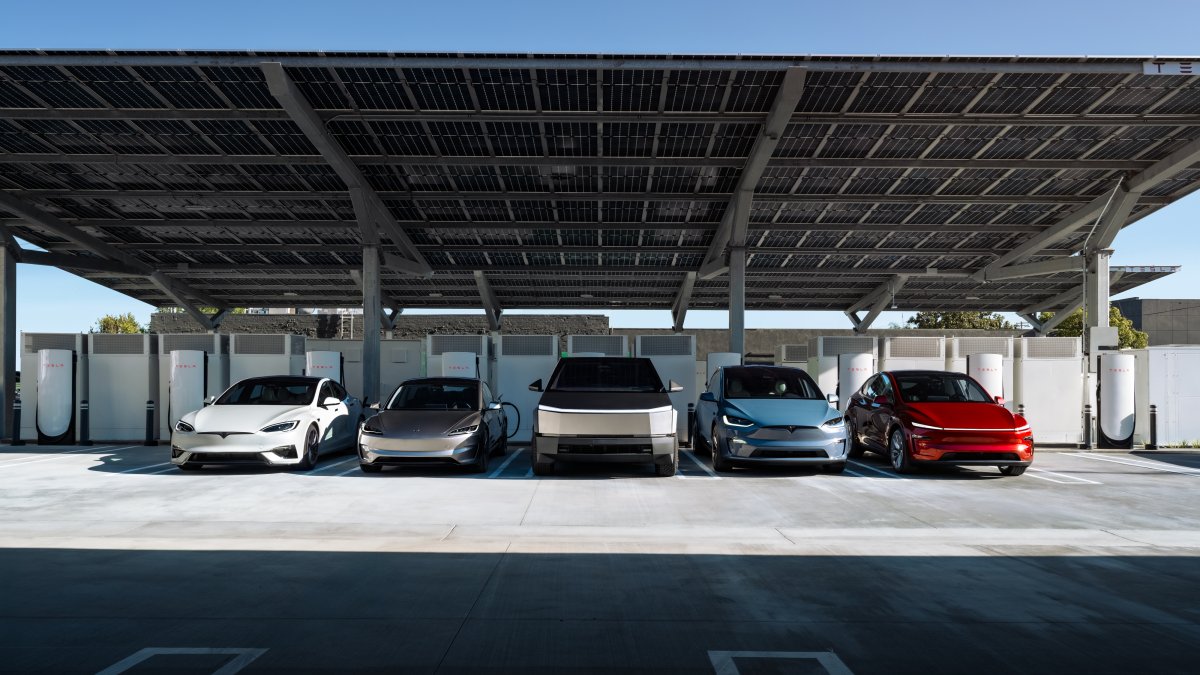
Tesla has expanded its Everyday Heroes discount program, extending a special offer to healthcare workers in the United States and Canada as a gesture of appreciation for their contributions.
Effectively immediately, medical providers and nurses are now eligible to receive a discount on the purchase of a new Tesla vehicle.
A Thank You to the Front Lines
This expansion recognizes the tireless efforts of healthcare professionals. Eligible individuals can receive:
This discount applies to Tesla’s whole range of vehicles, including Model S, 3, X, Y, and the Cybertruck.
The offer adds healthcare workers to the existing list of eligible Everyday Heroes, which in the US includes military members and veterans, first responders, students, and teachers. In Canada, the program includes first responders, students, and teachers, alongside the newly added medical providers and nurses.
Tesla recently lowered their discount for ‘Every Day Heros’ from $1,000 to $500, which makes sense now that it’s expanding the program to include more professions.
How to Claim the Discount
To receive the discount, eligible healthcare workers must verify their employment status through ID.me, a secure identity verification platform. This verification needs to be completed before placing the vehicle order. Once verified, the $500 / $1000 adjustment will be applied directly during the ordering process on Tesla’s website, similar to the way referral codes or loyalty benefits currently work.
This discount can be combined with the existing loyalty benefit for current or previous owners, or combined with the recently updated referral code benefits for new owners.
This expansion makes owning a Tesla more accessible for many healthcare professionals and serves as a welcome acknowledgment of their essential role in our communities.
Ordering a New Tesla?
Use our referral code and get 3 months free of FSD or $1,000 off your new Tesla.
October 20, 2025
By Karan Singh
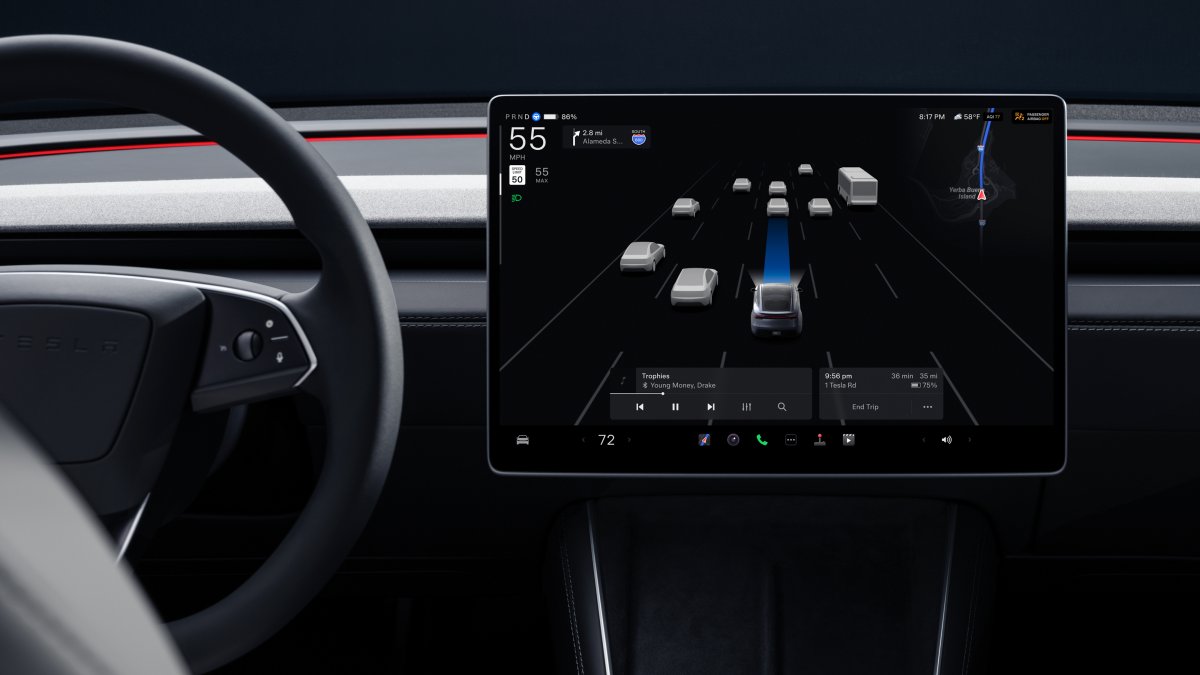
Just days after releasing FSD V14.1.2 with the resurrected Mad Max mode to early testers, Elon Musk has clarified Tesla’s wide rollout for V14. Elon confirmed that the targeted version for widespread public rollout will now be FSD V14.2, not any of the current V14.1.x builds.
This statement implies that the V14.1.x branch, which began rollout almost two weeks ago, has not met the criteria for expansion beyond the initial small group of early-access testers.
14.2 for widespread use
— Elon Musk (@elonmusk) October 18, 2025 FSD V14.1.3
The V14.1.x updates, including V14.1.1 and V14.1.2, which focused on fixing brake stabbing and introduced Mad Max Mode, respectively, were the first introduction to the new 10x parameter architecture brought in with FSD V14.
Tesla is already testing FSD V14.1.3 internally, with an expected rollout to influencers in the coming days. This release is expected to focus on additional bug fixes, but the release notes have not been made available yet. Interestingly, there’s also a map update for North America looming (NA-2025.44), which could potentially be required for this new FSD update. A lot of FSD’s issues now stem from map data, such as speed limits, so the inclusion of a map update could potentially provide major improvements, but we’ll have to wait and see what’s included.
However, Elon’s comments indicate that V14.1.3 will likely remain internal and limited to the early access fleet for further refinement and data collection. Features introduced in these new builds, like the new five-level driving profile system, are likely to carry over to V14.2. However, the public will have to continue waiting for V14.2 to be released to experience V14 for the first time.
Upcoming Events
Tesla has two major financial events looming: the Q3 2025 Earnings Call on October 22nd, followed closely by the Annual Shareholder Meeting on November 6th, which Musk has already stated will be “Special.” The timing suggests that Tesla may be targeting one of these events for a wider rollout. We speculate that FSD V14.2 may start rolling out to the wider fleet right before the November 6th shareholders event.
This puts some additional pressure on the Tesla AI team to deliver V14.2 successfully within the next few weeks, which aligns with Elon’s original timeline of V14.2 launching “a few weeks” after the initial V14.1 launch.
Looking Ahead to FSD V14.3
This focus on V14.2 doesn’t change the ultimate goal that Elon previously outlined. He still expects V14.3 to arrive sometime in the coming weeks and months after V14.2, and for it to be the version that delivers on the promise of a sentient driving experience.
For the vast majority of owners eager to try V14, the rollout plan is a little clearer. FSD V14.2 is now the target for the majority of customers in North America to try FSD V14, with FSD V14.3 bringing additional improvements.
Public Rollout
With Tesla potentially aiming to release FSD V14.2 before the shareholder meeting, we could see V14.2 start rolling out to customers in early November, right before the event.
Tesla employees have confirmed that FSD V14 for the Model S and X, as well as for the Cybertruck (which is supposed to be feature-complete), is also in progress, but right now FSD V14 is limited to the Model 3 and Model Y.
October 19, 2025
By Karan Singh
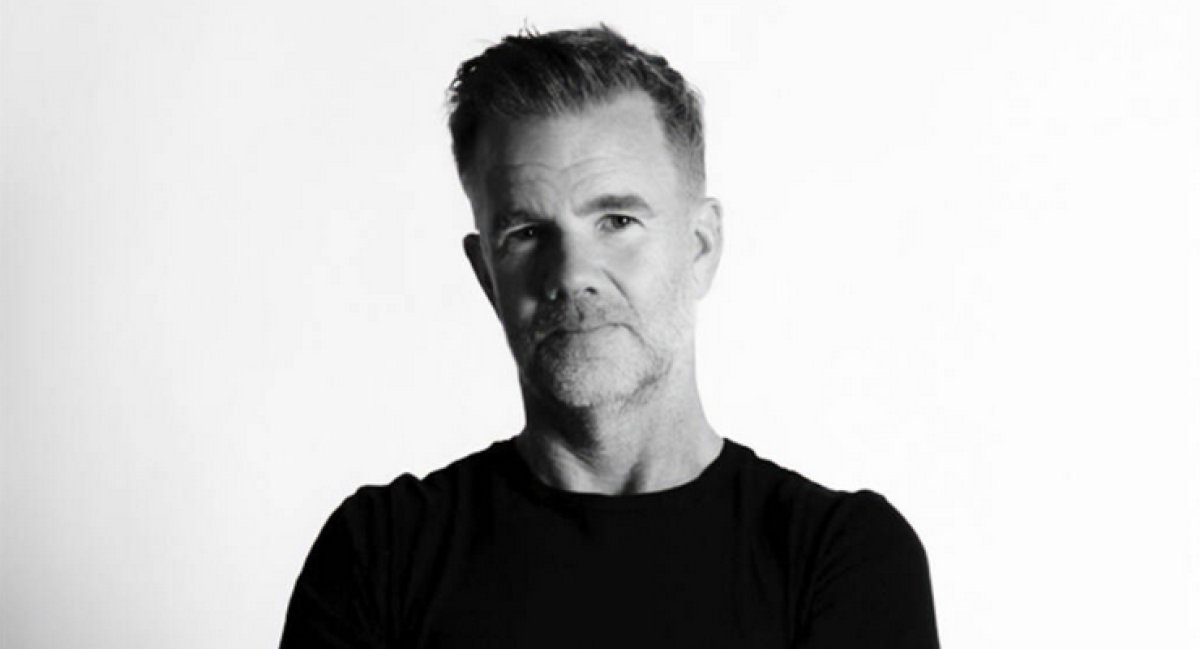
On stages across the world, he is the quiet, constant presence next to Elon Musk, letting his design work do the talking. Yet, his influence is profound, especially in the work he has created.
Franz von Holzhausen is the man who has crafted the entire visual identity of the modern electric vehicle. From the sleek, elegant lines of the timeless Model S, which proved that electric vehicles can be beautiful, to the brutalistic, rule-breaking, sharp angles of the Cybertruck, Franz’s pen has forced a century-old industry to change course.
This is the story of the man who designed the future.
Forged in Legacy
Born in Simsbury, Connecticut, to an industrial designer father, Franz von Holzhausen was immersed in the world of design from a young age. He followed this passion to the prestigious ArtCenter College of Design in Pasadena, California, a legendary institution that has produced some of the world’s most influential automotive designers. After graduating in 1992, he began a career that would see him rise through the ranks of some of the most prominent names in the automotive industry.
Concept One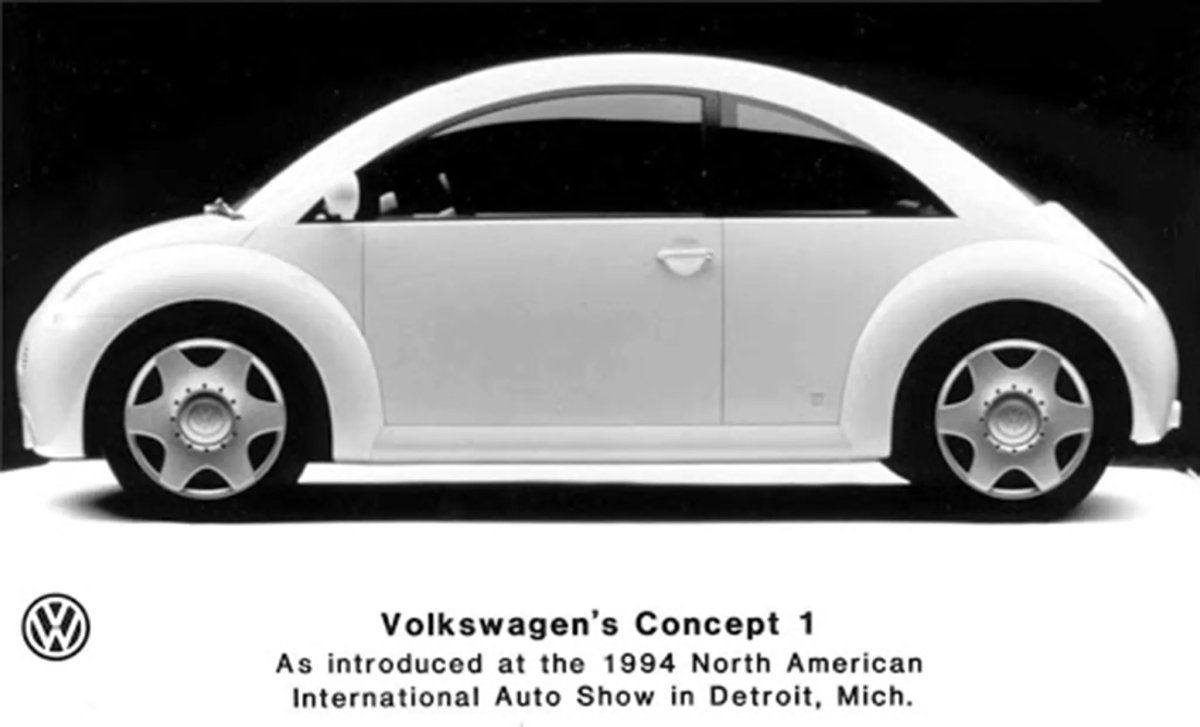
His first major role was at Volkswagen, where he was part of the team that designed “Concept One,” the project that would become the iconic Volkswagen New Beetle. It was a stunning success that blended retro nostalgia with modern design, setting the tone for Franz’s career of culturally significant and iconic vehicles.
Not a Tesla Roadster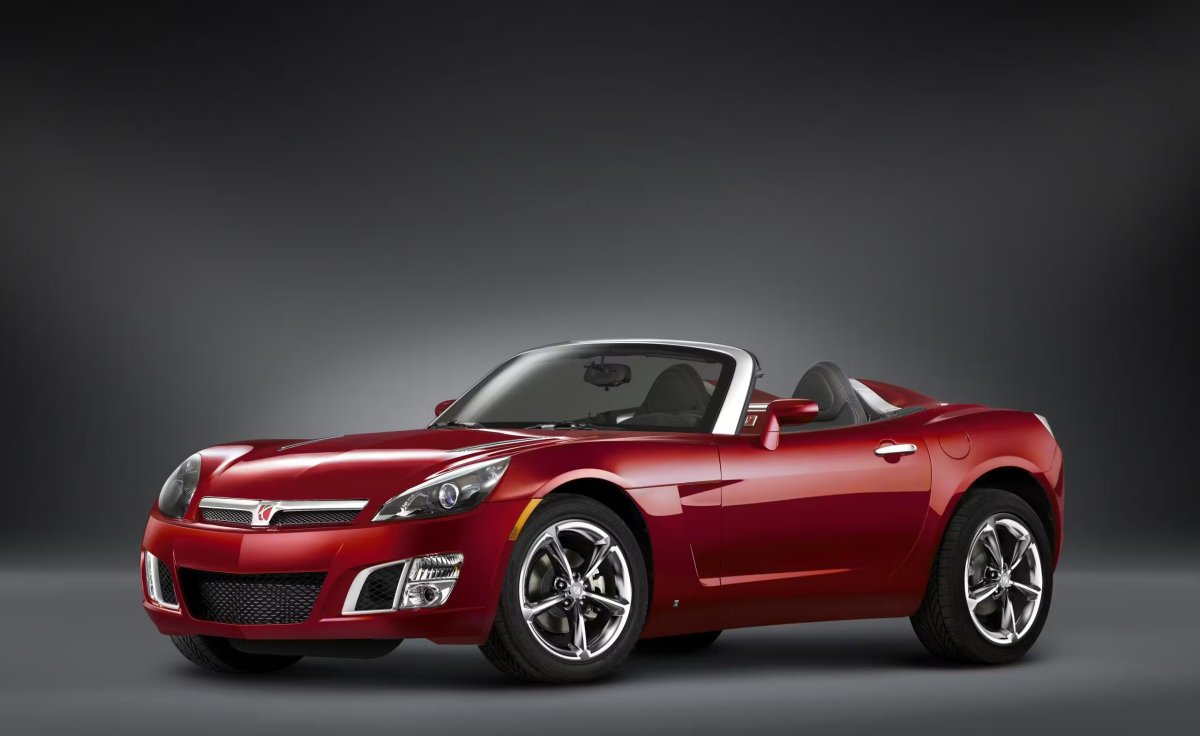
In 2000, he joined General Motors, where, as a design manager, he was responsible for two of the most stylish American vehicles that defined sports car design for the next decade: the Pontiac Solstice and the Saturn Sky roadsters. These two vehicles were praised for their athletic proportions and beautiful surfacing, proving his ability to create designs that people fell in love with at first sight.
To Flow Like Water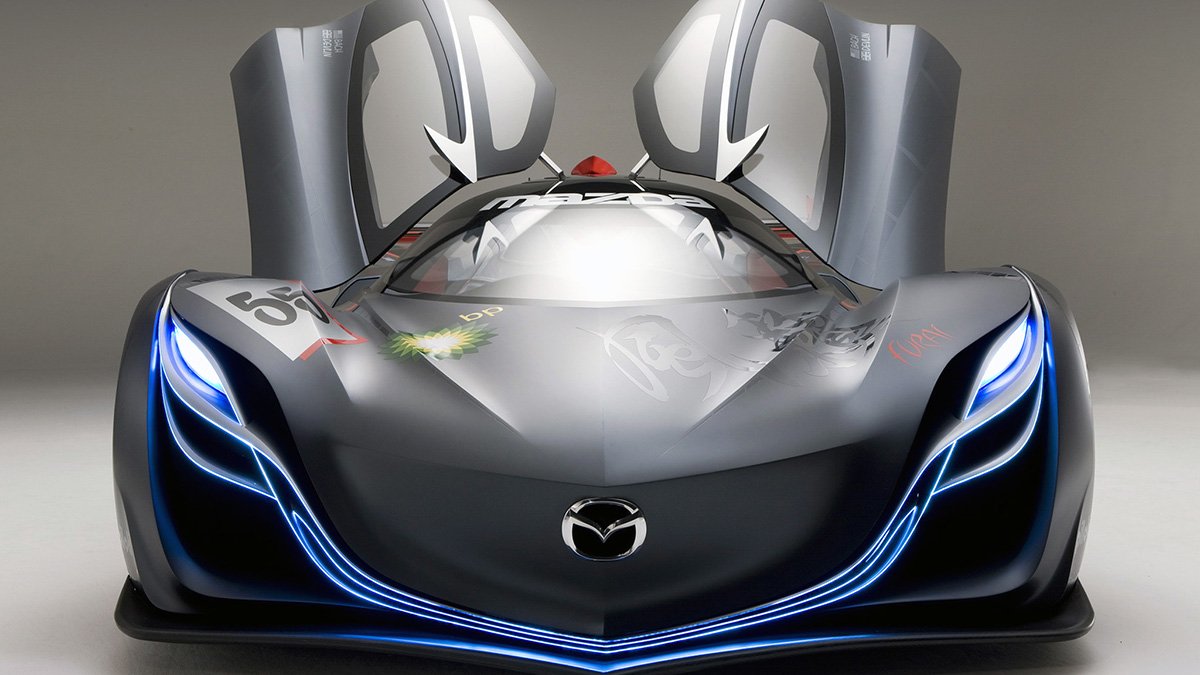
His final stop before joining Tesla was as the Director of Design at Mazda North America. From 2005 to 2008, he led the development of the brand’s influential Nagare, or Flow, design language. This was showcased in a series of breathtaking concept vehicles like the Kabura and Furai, which won accolades across the auto show circuit and helped cement Franz’s name in the industry as a true visionary. He was the cream of the crop — the designer that everyone wanted on their team for inspiration and new model design.
A Leap of Faith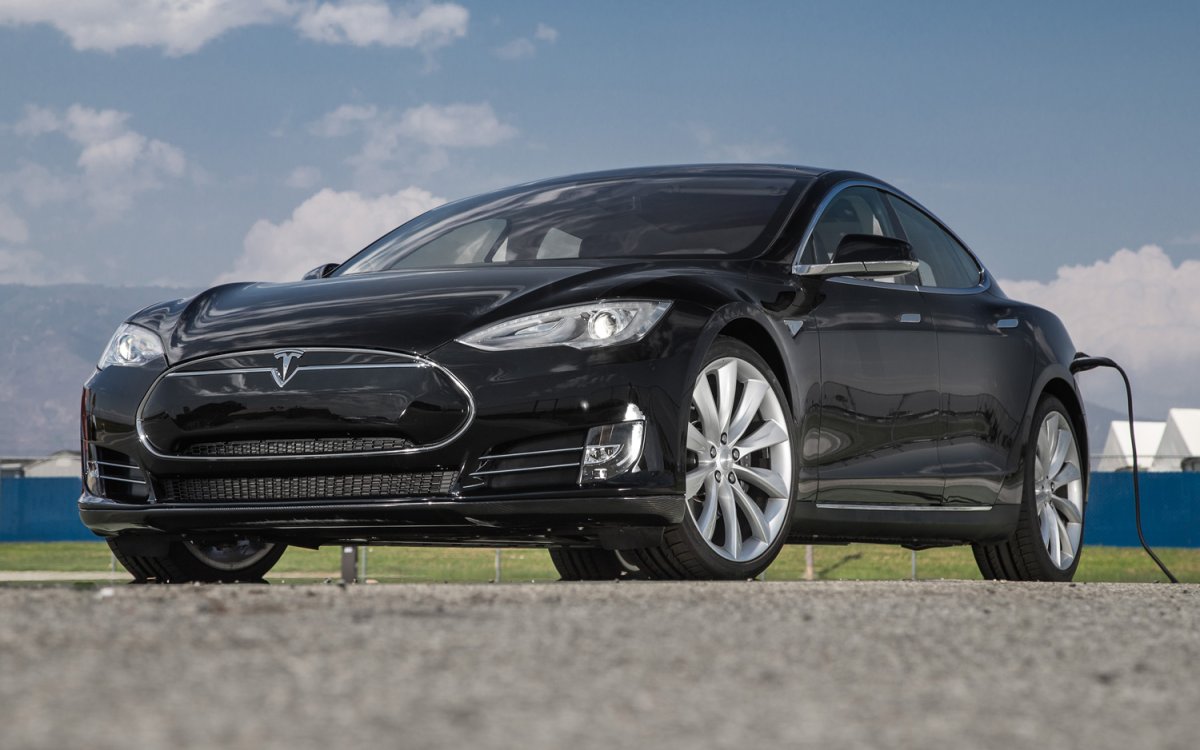
In 2008, Franz made a decision that many saw as career suicide. He left his high-paying position with Mazda as well as the entire legacy auto industry as a whole. He joined a tiny, struggling startup called Tesla Motors, which had so far only produced a low-volume sports car based on a Lotus. They had no vehicle design program, no studios, and little to no budget.
Franz was personally recruited by Elon Musk for a monumental task: to build an entire design studio and build a new brand identity from a completely blank slate.
This was Franz’s chance of a lifetime. He was drawn to the mission of proving that electric cars didn’t have to be compromises. They didn’t need to look like a bulbous Bolt or a pretentious Prius – instead, they could be the best, most beautiful, and most desirable cars on the road, period. Without the constraints of brand history or legacy platform, he had the freedom to finally design the vehicles he wanted, as he wanted, from scratch.
Building Tesla’s DNA: S3XY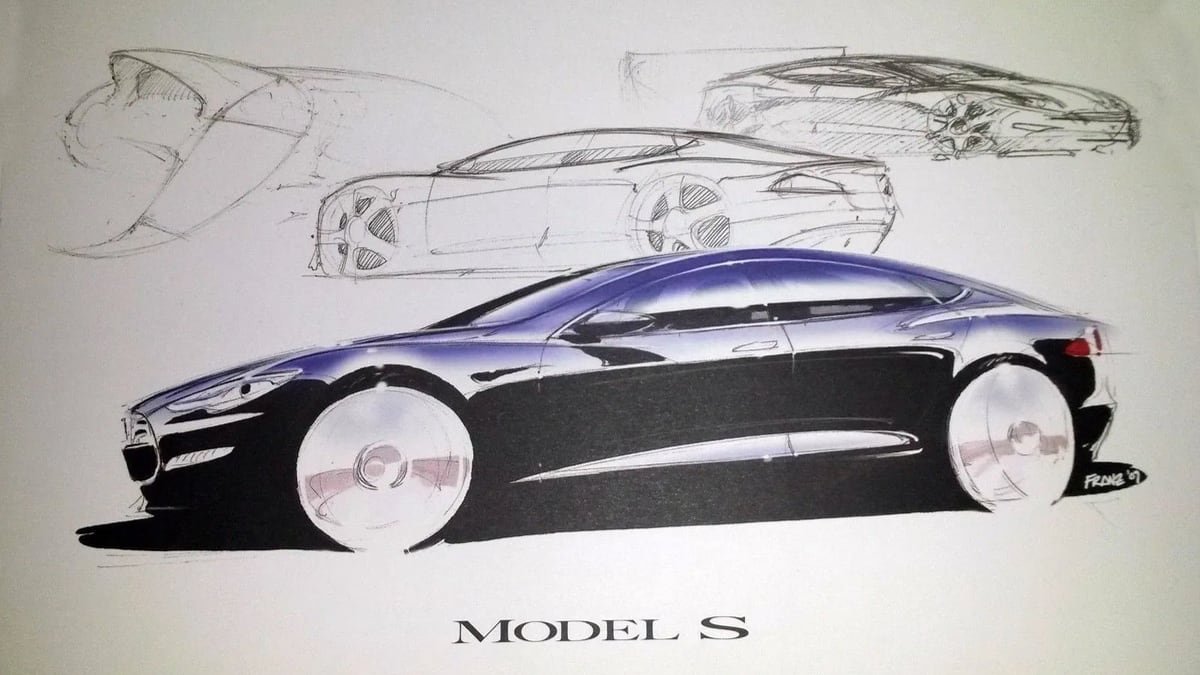
The first fruit of that labor was the Model S. When it was unveiled, it took the design world by storm. With its clean, powerful lines, muscular haunches, and the complete absence of a traditional grill, it looked like nothing else on the road.
It was an elegant, timeless, and effortlessly futuristic design that continues to turn heads over a decade later. Inside, the massive central touchscreen removed dozens of physical buttons, creating a minimalist, yet highly functional space that would define the interior of every Tesla and the entire auto industry. The Model S is the car that finally made the world take EVs seriously.
No longer was the EV the vehicle chosen only by the climate hippie or the ultra-rich as a toy. Instead, it became a vehicle that the average luxury car shopper could afford and wanted to purchase. Soon, the Supercharger Network’s expansion across the North American continent enabled the Model S to travel almost anywhere.
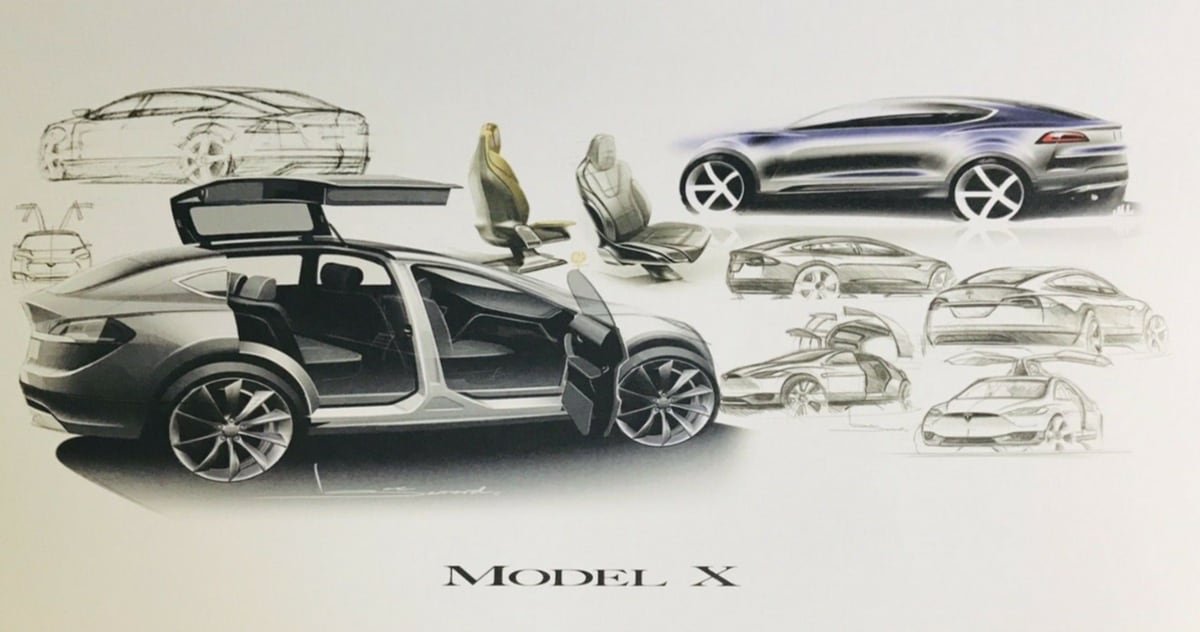
Following the massive success of the Model S, as well as the iconic falcon-wing door Model X, Franz faced his next great design challenge. Democratizing the design for the mass-market Model 3 and Model Y.
His goal was to retain the premium Tesla aesthetic in a car that was far cheaper and easier to manufacture than the Model S or Model X. Tesla perfected the minimalist interior by removing the traditional instrument cluster entirely, instead focusing all attention on the vehicle’s singular display. The design was entirely unheard of — and yet it worked. The Model Y went on to become the world’s best-selling vehicle multiple years in a row as people fell in love with both the interior and exterior.
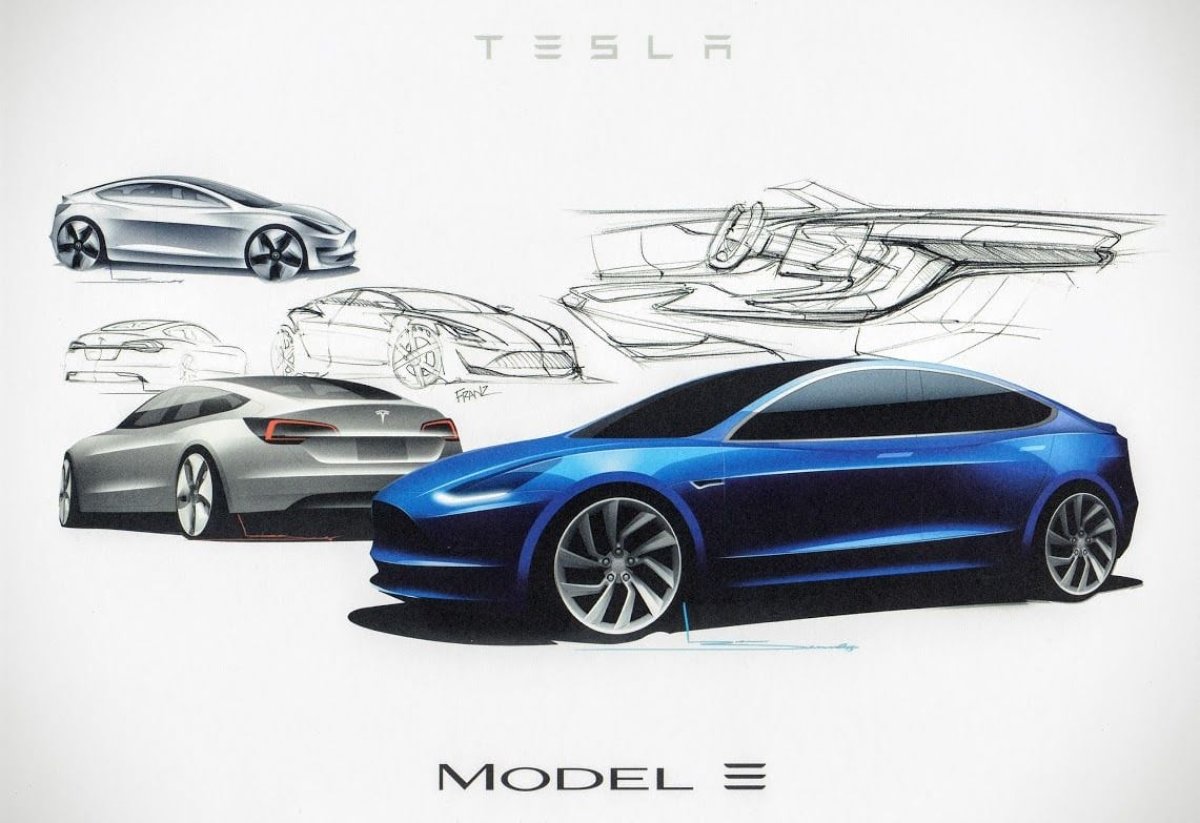 Shattering the Mold: the Cybertruck
Shattering the Mold: the Cybertruck
If the Model S, 3, X, and Y wrote the rules of Tesla’s car design, the Cybertruck was created to shatter that illusion. Franz never played by the rules throughout his career, so maybe Tesla shouldn’t either. Applying a pure first-principles approach, Franz and his team rejected every established pickup design notion. The vehicle’s form was dictated entirely by its function and unconventional material.
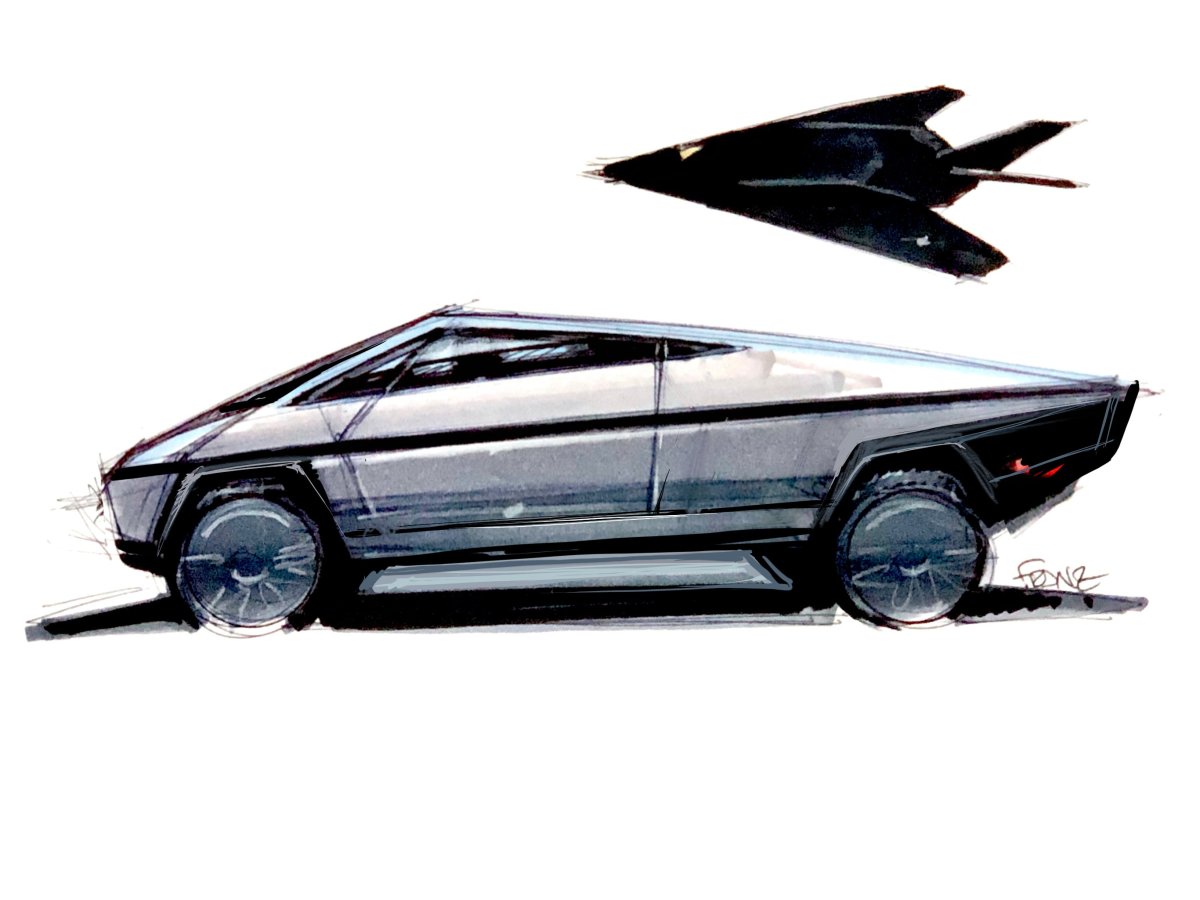
The nearly impenetrable stainless steel exoskeleton could not be stamped like traditional car panels. Instead, the result was a brutalist, apocalyptic, and unapologetic design of flat planes and sharp angles that looked like it had driven right out of a science fiction film. Some criticize the look of the Cybertruck as being visually off-putting, or reminiscent of a dumpster even, but even its critics can’t deny that it is unique, memorable, and instantly recognizable.
The Cybertruck was, and remains, one of the most polarizing and instantly recognizable vehicle designs in history. This philosophy of rethinking every category has extended across Franz’s work on the hyper-efficient Tesla Semi and the impossibly sleek next-generation Roadster. His portfolio at Tesla isn’t just a series of cars. It is a timeline of statements about the future.
